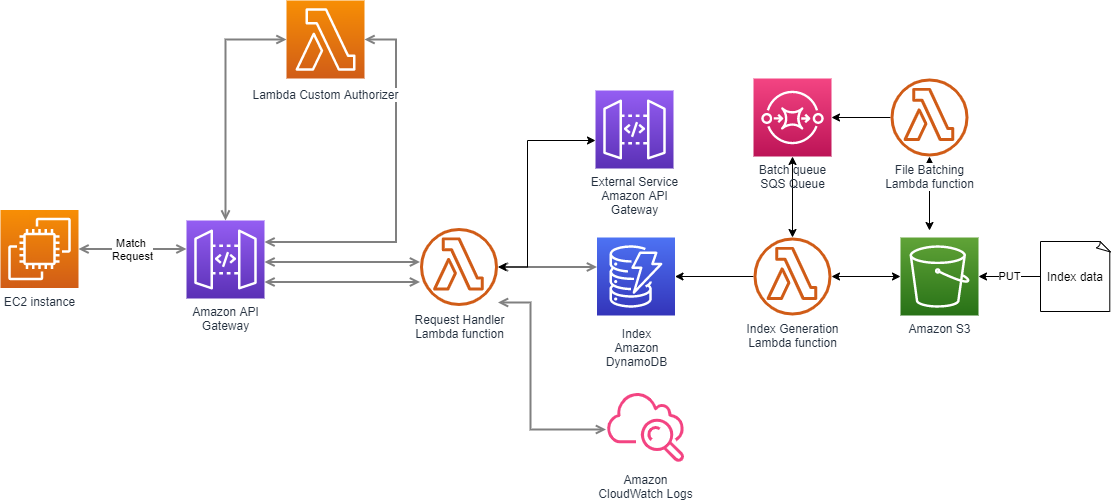Removing Scalability Limitations and Improving Deployment Capabilities with AWS Serverless

Overview
CoreLogic is the largest provider of property information, analytics and property-related risk management services in Australia and New Zealand.
As a well established and respected information and analytics provider, they rely on many core systems to service both their internal and client needs. Over the years the business has continued to grow with customers expecting faster and more in-depth insights, and systems being required to cope with ever increasing demand.
Specialising in property, one of their core systems used throughout the NZ business was their property matching solution, held in an on-premise Oracle database. Industry Data were employed to re-design this solution to operate within the AWS cloud, removing issues that had arisen from lack of scalability, visibility, reporting and deployment.
Take a look at the CoreLogic website to learn more about what they do: corelogic.com.au
Business Challenges
- Scaling limitations of the legacy system meant client and internal requests could not be serviced as required
- Legacy system incured large vendor licence fees
- Slow response to change due to lack of continuous integration/deployment
- Limited visibility into system metrics and client usage
“Industry Data came in and understood the problem that we were trying to solve and some of the scalablity issues that we were having. Was able to build out solution in some of Amazon's services that more than met our needs.”
--Glynn Willis, CoreLogic Australia
